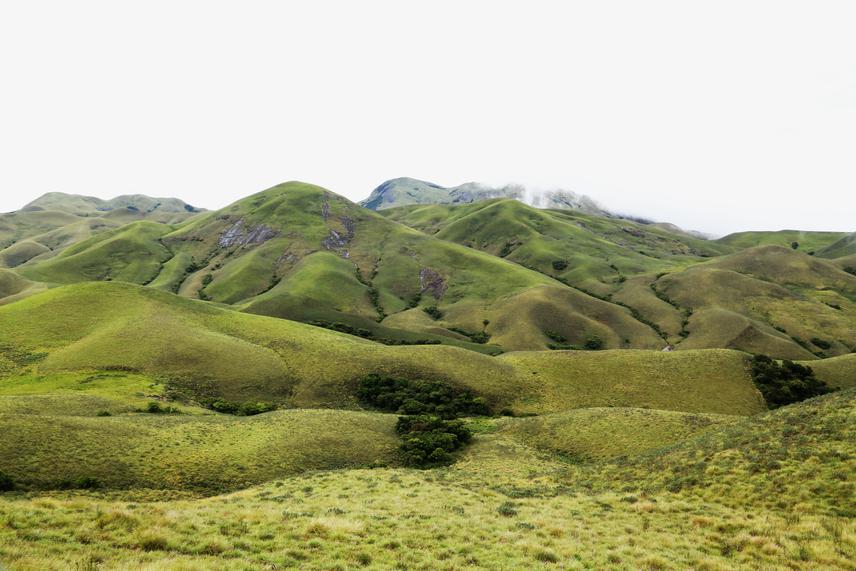Jithin Johnson
Our project aims to explore the Sky Islands of the Western Ghats to uncover the hidden diversity of pseudoscorpions and identify unique habitats. Sky islands, also known as “Sholas” or “tropical montane cloud forests”, are defined by their high-altitude forest patches that are isolated and distributed amidst grasslands. Studies have highlighted the vulnerability of montane species to changing climatic conditions, underscoring the importance of understanding the genetic diversity and population connectivity within sky islands. However, despite some exceptions, the invertebrate fauna of the Western Ghats-Sri Lankan Biodiversity Hotspot, particularly sky islands, remains insufficiently explored both for biodiversity dispersion and conservation prioritization. Utilizing molecular techniques to investigate species delimitation, genetic connectivity, and population structure, we try to investigate the unique evolutionary units and population dynamics of pseudoscorpions in these isolated habitats. Through comprehensive field collections and spatial mapping, we will document species diversity, distribution ranges, and centers of endemism.

Shola forests of the Western Ghats of Southern India. © Dr. Jimmy Paul (Sacred Heart College, Thevara).
This project aims to significantly contribute to our comprehension of pseudoscorpion diversity, distribution, and conservation in the Sky Islands of the Western Ghats of India and Sri Lanka. It will achieve the following objectives:
1. Investigate the origin and evolutionary drivers of the sky island fauna.
2. Assess patterns of endemism and population structuring of pseudoscorpions in adjacent island patches within the sky islands complex.
3. Identify areas within the sky islands that serve as climate refuges for pseudoscorpions, crucial for their survival in the face of climate change.
These contributions will expand our knowledge of pseudoscorpion diversity, illuminate their evolutionary history and biogeography, and support conservation and management efforts. The findings will inform conservation strategies, identify priority areas for protection, and promote the long-term survival of pseudoscorpions and associated species in the sky islands of the Western Ghats-Sri Lankan biodiversity hotspot region.